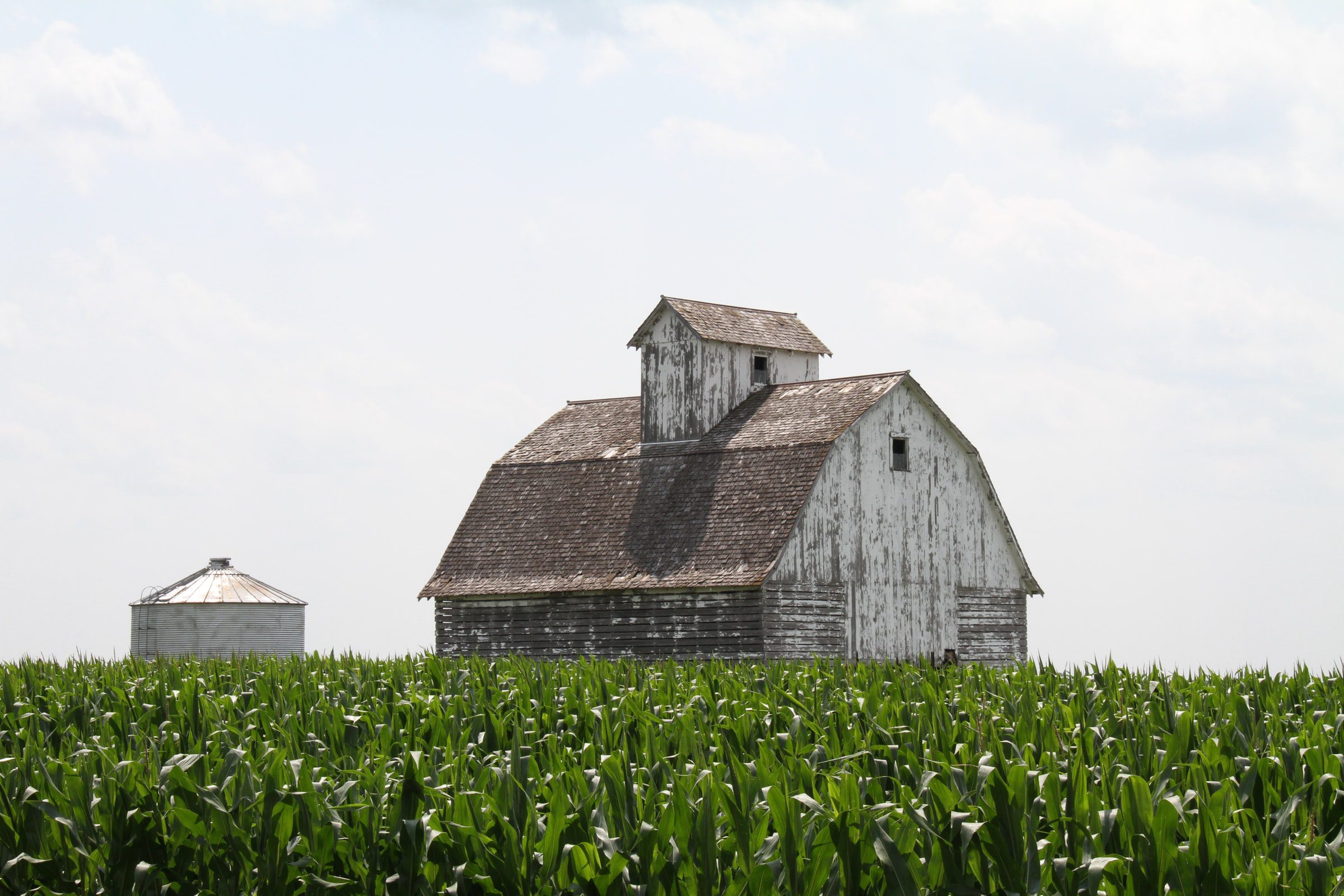Cover crops are changing the way farmers do business in Iowa. These plants, usually legumes or small grains such as rye, cover the soil over the winter months when cash crops will not grow. Planting cover crops during the off-season is showing remarkable economic and environmental impacts in the state and beyond. Cover crops are saving cash while helping farmers become more sustainable. Though the practice is centuries-old, its renaissance comes at a time when the midwestern soil needs it most.
Adding a living cover to the land through the five to seven months of Iowa winter is a long-term investment for farmers who want to improve the quality of their soil. Since most Iowa farmers grow corn or soybeans during the summer, fields sit empty from October until May. Nitrates, a form of naturally occurring nitrogen released by decaying plants and roots, continue to build up in the dirt. Without plants there to use it, it moves on with rain or melting snow. These large concentrations of nitrates often end up hundreds of miles downstream, polluting rivers and lakes all on the way to the Gulf of Mexico. The cover crops use nitrates, preventing that kind of large-scale pollution.
This kind of crop rotation slows erosion and keeps the soil nitrate balance in check, creating healthier soil for the following year’s cash crops.Studies show that using plants such as rye or soybeans during winter not only protects the soil and water, but also improves a farm’s resiliency by reducing next year’s chemical additions costs. This process adds beneficial organic matter such as carbon to the soil, and creates a larger yield of the cash crop. The cover crop helps retain the fertile topsoil, encouraging healthy bacteria, fungus, and beneficial worms and microbes to stick around. Additionally, wildlife loves the cover crops, which provide a habit during the harsher seasons. The cover crops also attract pollinators, such as bees.
A decade ago, the use of cover crops was a rarity among American farmers. In 2012, the Department of Agriculture reported that just 10.3 million acres of the country’s 390 million acres of farmland were planted with cover crops. In Iowa, however, the number of cover crop acres has shifted radically since 2009, with more than a half-million acres of farmland using cover crops in the latest survey.
Iowa Cover Crop is encouraging the trend. The Greene County-based company helps farmers decide which cover crop is best, and then uses aircraft to seed such plants as vetch, oats, radish, crimson clover, wheat, and peas for the winter. Their work has attracted the interest of U.S. Senator Joni Ernst, one of the federal government’s primary supporters of the Growing Climate Solutions Act.
“Bright entrepreneurs are using innovation to help Iowa farmers adopt cover crops,” she recently tweeted. “Our state continues to lead the way on conservation, which is why I was proud to help pass [the act].”
Planting cover crops is just one way farmers can keep their soil and crop healthy for years to come. The benefits are numerous, from sheltering wildlife to preventing serious water pollution downstream. As companies like Iowa Cover Crop continue to make the process easier for farmers, Iowa farms continue to get greener and healthier – a key component to making the United States’ future more sustainable for all.





